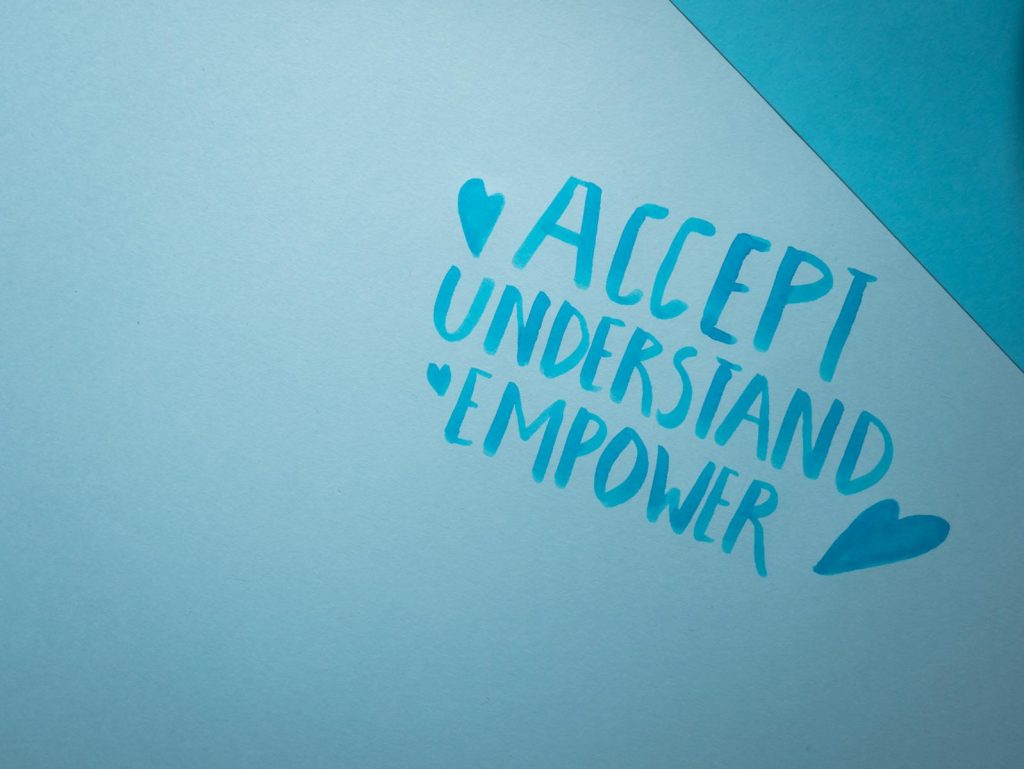Here’s How to 6 Ways to Develop Student Hotshot By Utilizing Thought-Provoking Discussions
In the landscape of modern education, the role of a teacher has evolved beyond the mere transmission of knowledge.
Today, teachers are facilitators of learning, guiding students to think critically, analyze deeply, and connect concepts across various disciplines.
Central to this evolved role is the cultivation or utilizing of thought-provoking discussions—an instructional approach that engages students in deeper learning and fosters essential skills for their academic and personal lives.

A thought-provoking discussion in class is an engaging and meaningful exchange of ideas that challenges students to think critically, analyze different perspectives, and deepen their understanding of a topic.
It goes beyond surface-level conversations and encourages students to ask questions, make connections, and reflect on their own beliefs or assumptions.
Table of Contents
Fostering Critical Thinking
Thought-provoking discussions encourage students to think beyond surface-level information and engage with material in a meaningful way.
When teachers pose challenging questions or present complex problems, students are pushed to analyze, evaluate, and synthesize information.
This process enhances critical thinking skills, as students learn to consider multiple perspectives, identify biases, and construct well-reasoned arguments.
Encouraging Active Engagement
A classroom where thought-provoking discussions are a norm is a dynamic and interactive space.
Students are not passive recipients of information but active participants in their learning process.
They are encouraged to voice their opinions, ask questions, and engage in debates.
This active engagement not only makes learning more enjoyable but also helps students retain information better and develop a sense of ownership over their learning journey.

Building Communication Skills
Effective communication is an invaluable skill in the 21st century, and thought-provoking discussions are a powerful way to hone this skill.
Students practice articulating their thoughts clearly, listening to others, and responding constructively.
They learn the nuances of respectful discourse, including how to agree or disagree with peers thoughtfully.
These experiences prepare students for real-world interactions, whether in academic settings, professional environments, or personal relationships.
Promoting Emotional and Social Learning
Discussions that challenge students’ thinking often touch on complex, sometimes controversial topics that require empathy and ethical reasoning.
Navigating these discussions helps students develop emotional intelligence and social awareness.
They learn to appreciate diverse viewpoints and understand the importance of considering others’ feelings and experiences.
This social-emotional growth is critical for nurturing compassionate, well-rounded individuals.
Encouraging Lifelong Learning
One of the most profound impacts of thought-provoking discussions is that they inspire a love for learning that extends beyond the classroom.
When students are encouraged to question, explore, and make connections, learning becomes an active pursuit rather than a chore.
Teachers who foster this environment cultivate curious, independent thinkers who are motivated to continue exploring and learning throughout their lives.
Challenges and Considerations
While the benefits are clear, implementing thought-provoking discussions is not without challenges.
Teachers must create a safe, respectful environment where all students feel comfortable sharing their thoughts.
It requires skill to guide discussions in a way that is inclusive and productive, especially when sensitive topics are involved.
Additionally, educators must balance fostering open dialogue with covering necessary curriculum content, a task that can be challenging given time constraints.

Thought-provoking discussions are more than a teaching strategy—they are a gateway to deeper learning and personal growth.
They prepare students not just to excel academically, but to navigate a complex world with confidence and empathy.
As education continues to evolve, the ability of teachers to engage students in meaningful dialogue will remain a cornerstone of effective teaching and learning. Investing in this approach is investing in a brighter, more thoughtful future.
In summary, key characteristics of a thought-provoking discussion include:
- Critical Thinking
- Diverse Perspectives
- Real-World Connections
- Active Participation/Engagement
- Open-Ended Questions
Share This Story, Choose Your Platform!
School Hacks
Subscribe
Fresh insights and exclusive perks delivered straight to your inbox. Sign up now!






